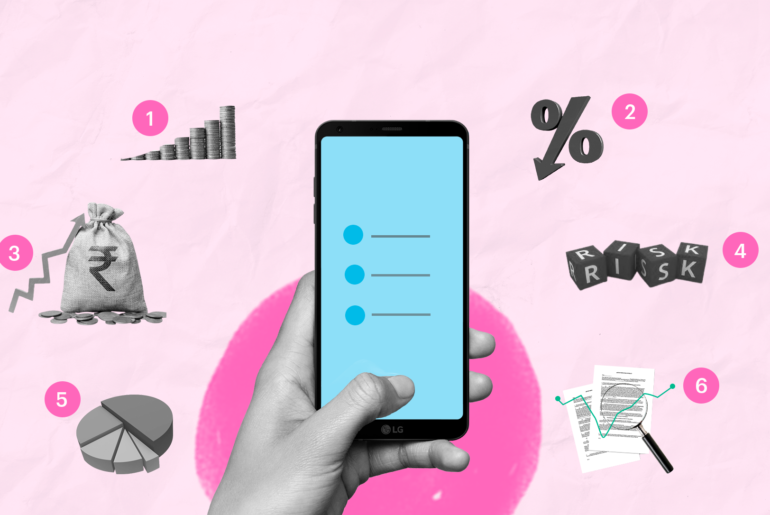Last Updated on May 25, 2022 by Neera Bhardwaj
In the past two years, due to the pandemic, there has been an increasing trend of digitizing most processes. Income tax payment is no exception. Although the option to pay tax online has been around for a while, its relevance and usage have only grown recently.
The detailed process for paying income tax online using Challan 280 has been described below.
Table of Contents
What is challan 280?
While paying income taxes, the payer must use different challans for the different types of payments made. For instance, challan 281 is used for depositing Tax Deducted at Source from corporates or non-corporates, and challan 282 is used for payment of gift tax, expenditure tax, and other direct taxes.
In the same vein, challan 280 is used to pay personal income tax, corporation tax, and wealth tax. Income tax can be paid both offline and online using challan 280.
How to pay income tax online using challan 280?
The following steps can be followed to pay income tax online using challan 280.
Step 1: Visit the official NSDL website. On the home page, you should be able to see a few options like Services, Publications, Downloads, and others at the top.
Step 2: Hover your pointer on the Services option. A drop-down menu will appear. Choose the ‘e-Payment: Pay Taxes Online’ option.
Step 3: Upon selecting that option, a new page titled ‘e-Payment of Taxes’ will open up on a different tab. The page will be divided into two sections, ‘TDS/TCS’ and ‘Non-TDS/TCS’. You will be able to view different challan numbers for different types of payments.
Step 4: In the ‘Non-TDS/TCS’ section, click on ‘Proceed’ for the ‘CHALLAN NO./ITNS 280’ option. Refer to the image below.
Step 5: A new page will load where you will be required to fill in your details like the kind of tax applicable (income tax or corporation tax), type and mode of payment, PAN, address, and so on. Fill in all the details carefully along with the CAPTCHA code and click on ‘Proceed.’
Step 6: After clicking on ‘Proceed’, you will be asked to confirm your details. Confirm them after you have checked that everything is in order.
Step 7: Upon confirming your details, you will be directed to your bank’s net banking page (if you chose net banking as your mode of payment) or a payment gateway (if you chose to pay with a debit card). Make the payment using the selected mode.
Step 8: You will immediately be shown a counterfoil of the challan acknowledging that the payment has been made. The challan will have details like the BSR (Basic Statistical Returns) Code, CIN (Challan Identification Number), amount paid, date of payment, and other details. It is recommended to save this challan for future reference.
For offline payment, one may print out the Challan 280 form, fill in the details, and then submit it to their bank along with the cash/cheque for the amount due. The challan can be found on the NSDL website.
However, online payment is increasingly gaining popularity due to ease and convenience in the payment process.
Conclusion
With digitalisation catching speed like never before, it was only a matter of time before tax payment came aboard too. With a smartphone, active internet connection, one can now easily file their taxes or even pay income tax online using challan 280 and various other forms. Consult your CA or tax advisor for professional guidance on tax filing.




